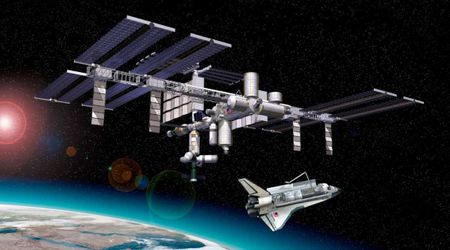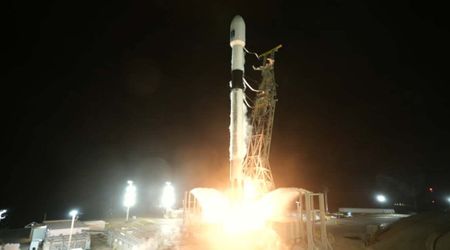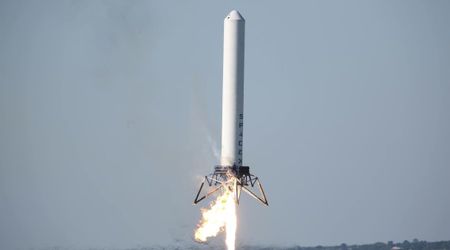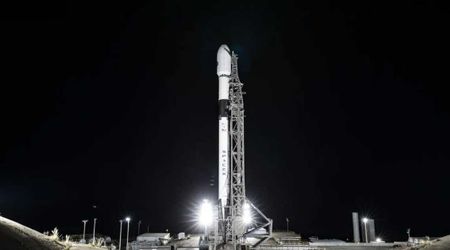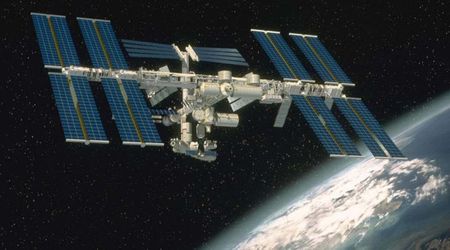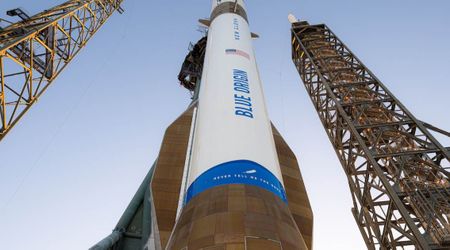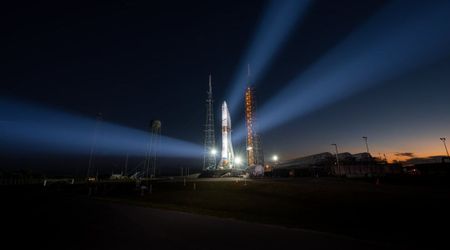NASA's twin ESCAPADE mission snaps first 'selfies' just days after leaving Earth
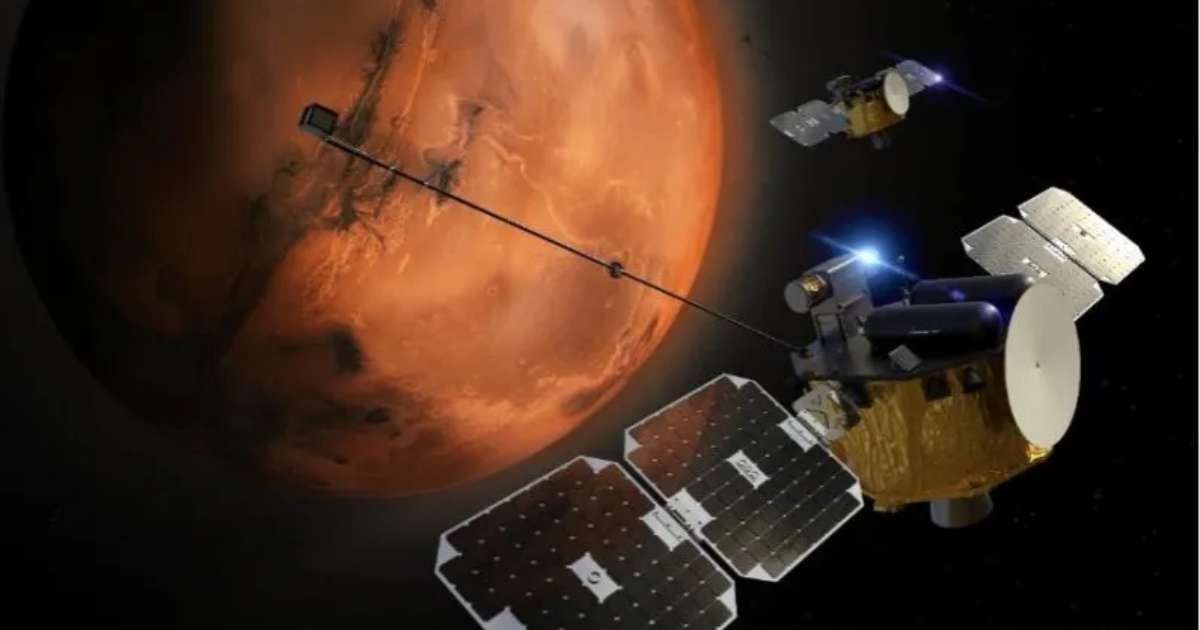
NASA's ESCAPADE spacecraft, headed to Mars, has tested and confirmed its onboard cameras are operational in space by capturing and sending back its first images, a successful technical milestone in just a little over a week after launch, an update by the agency said.

One of the two spacecraft snapped pictures with its special Visible and Infrared Observation System (VISIONS) cameras, designed and built at Northern Arizona University, on November 21. Part of its solar panel was also visible in the images.
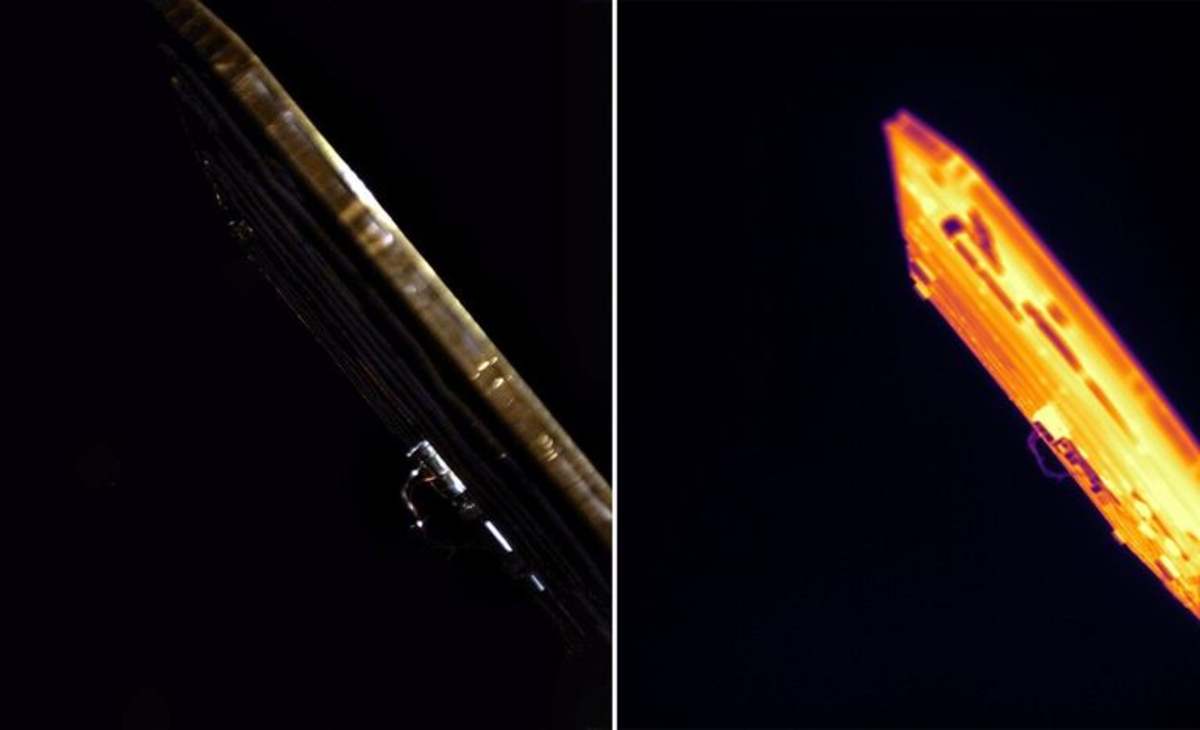
Successful visible-light images indicate it will be sensitive enough to photograph Mars' aurora when it arrives at the red planet. The infrared camera will help track how the surface warms up and cools down during its daily and seasonal cycles. The second spacecraft also powered up its camera, but since it was pointed away from the craft and toward open space, that image came back completely dark.

The two ESCAPADE spacecraft were launched on November 13 from Florida aboard a Blue Origin New Glenn rocket. Built by Rocket Lab, the probes are now in a temporary "loiter" orbit near a stable point in space about a million miles from Earth called Lagrange point 2. In November 2026, using Earth's gravity, they will make a gravity assist maneuver, better known as a slingshot, to send themselves toward the Red Planet, where they are expected to arrive in September 2027.
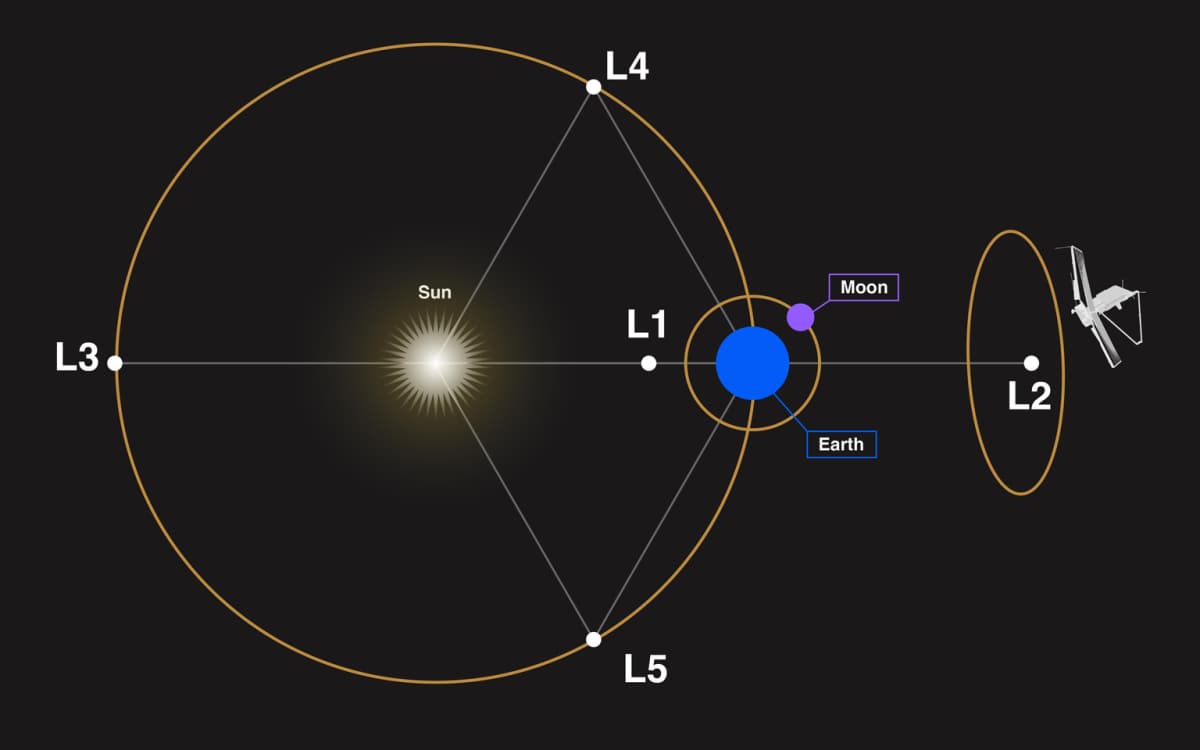
This is a radical new path that experts say could revolutionize future logistics to Mars. If colonization efforts require hundreds of vessels launched at every planetary alignment, for instance, this flexible trajectory would permit spacecraft to launch over several months and queue up before executing the final maneuver. This would greatly reduce the extreme risks currently associated with very tight launch windows. "Can we launch to Mars when the planets are not aligned? ESCAPADE is paving the way for that," said Jeffrey Parker of Advanced Space LLC, about the broader implications of the route. Once at Mars, according to NASA, the main objective of the mission will be the investigation of how solar wind, high-speed material flowing from the Sun, interacts with the Martian atmosphere, contributing to its erosion.
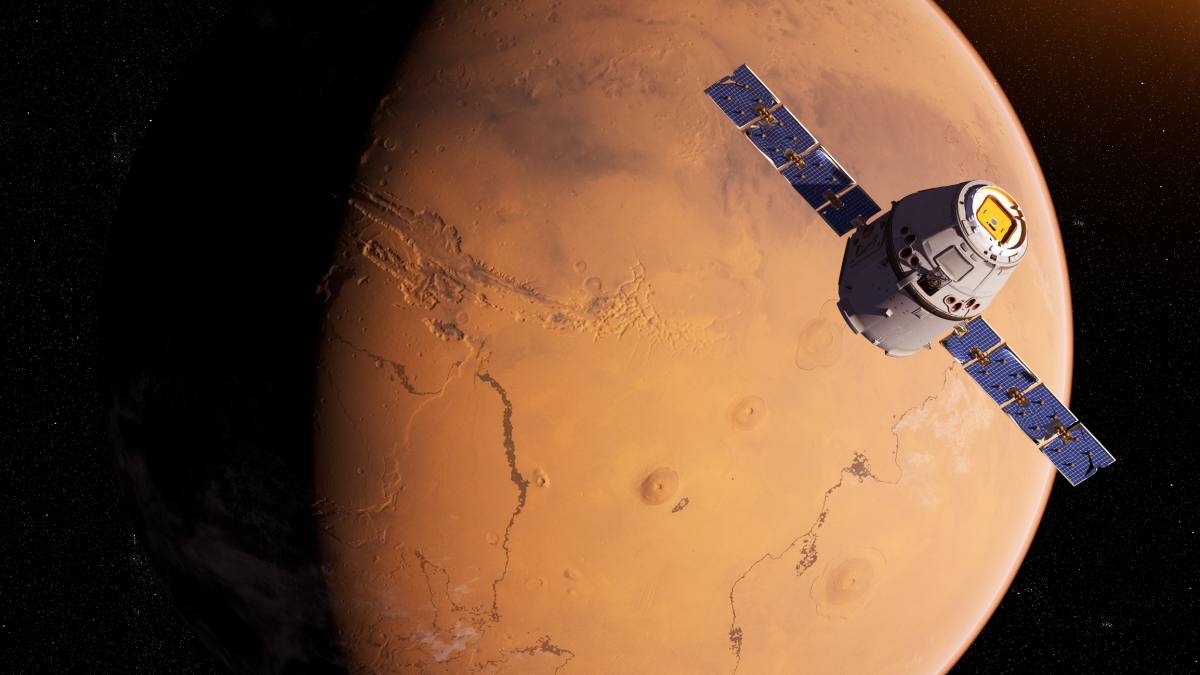
"Every launch of New Glenn provides data that will be essential when we launch MK-1 through Artemis," said acting NASA Administrator, Secretary Sean Duffy, upon the successful launch of the mission. "All of this information will be critical to protect future NASA explorers and invaluable as we evaluate how to deliver on President Trump’s vision of planting the Stars and Stripes on Mars." In addition to deploying the NASA payload, the New Glenn rocket also facilitated a successful demonstration for Viasat's HaloNet launch telemetry data relay solution in support of NASA's Communication Services Project. This mission was also New Glenn's second National Security Space Launch (NSSL) certification mission as Blue Origin works with the U.S. Space Force to fulfill key national security needs.
More on Starlust
Severe solar storm forces Blue Origin to postpone NG-2 launch of NASA’s twin ESCAPADE spacecraft
Blue Origin's New Glenn successfully launches NASA’s twin ESCAPADE spacecraft

